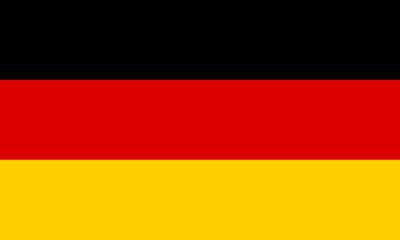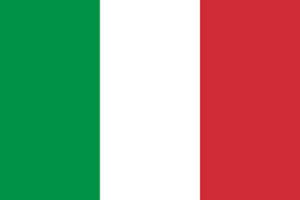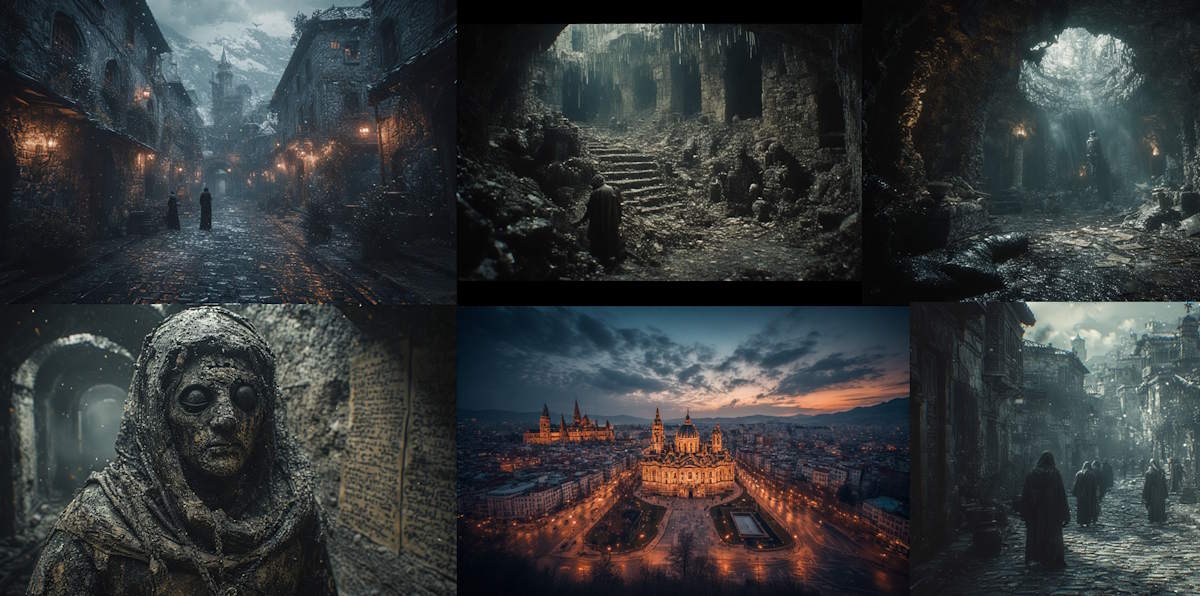Warm welcome to Sofia with your friendly tourguide Nina
Foreword
Sofia, the present-day capital of Bulgaria, has a fascinating past dating back to antiquity. Once known as Sardica, the city was a significant center for various cultures and empires. But what makes Sofia so special? What secrets does this city hold, waiting to be discovered?
The Beginnings: Thracians and Romans
The history of Sardica starts with the Serdi, a Thracian tribe that settled in the region. Later, the city was conquered by the Romans and became an important administrative center. Under Emperor Trajan, Sardica was granted municipium status, bringing economic and political prosperity. The Romans built impressive fortress walls, baths, and an amphitheater, remnants of which can still be seen in Sofia today.
Byzantine and Bulgarian Rule
After the fall of the Western Roman Empire, Sardica remained under Byzantine control until it was conquered by the Bulgarians in 809 and renamed Sredets. The city flourished as a major trade and cultural center of the First Bulgarian Empire. However, during Ottoman rule from the 14th century, it lost some of its prominence.
The Rebirth as Sofia
With Bulgaria’s liberation from Ottoman rule in 1878, a new era began for the city. It was given its current name, Sofia, and became the capital of the newly established Bulgarian state. Rapid growth followed, transforming the city into a modern hub with remarkable architecture, universities, and cultural institutions.
The Secret of Sofia
What makes Sofia unique? Perhaps it is the blend of past and present, felt everywhere in the city. It harmonizes ancient ruins with modern urban life, Orthodox churches with socialist architecture, and vibrant street markets with trendy cafés. One of the most fascinating aspects is the hot mineral springs, cherished by the Romans and still flowing today.
Sofia is a city that does not hide its history but proudly displays it. Those who stroll through its streets can uncover traces of Thracians, Romans, Byzantines, and Bulgarians—perhaps even solving the mystery of the city themselves.
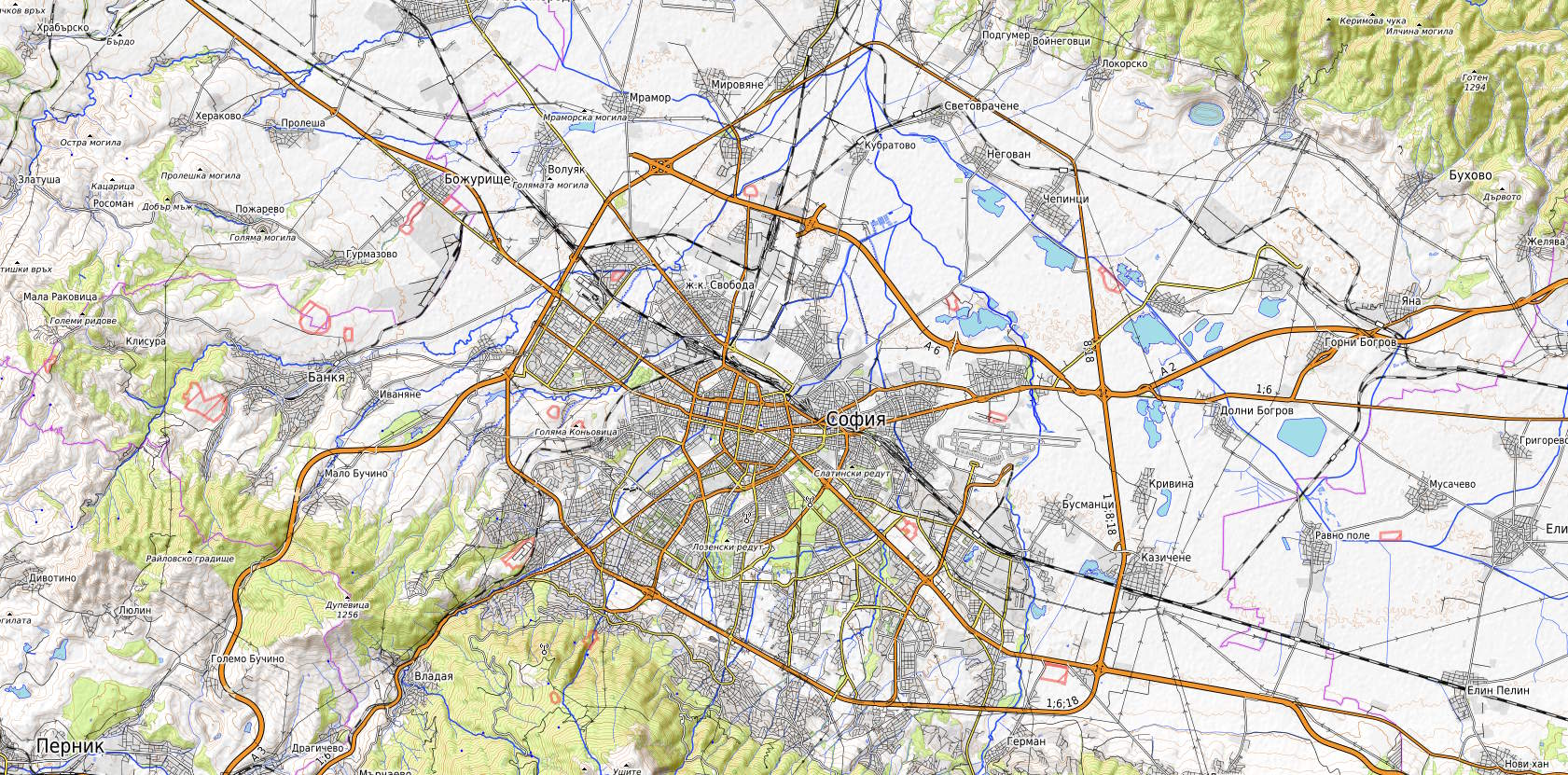 And now, Nina’s adventures at the sightseeing tour in Sofia ..
And now, Nina’s adventures at the sightseeing tour in Sofia ..
Sightseeing in Sofia
More than just a capital – an experience.
01 : The Lion Bridge in Sardica – A Place of Secrets and Forgotten Truths – Princess Maria Luiza Blvd
02 : Echoes Beneath Sardica – Deep underground – Sofia Metro Station with tourist guide Nina
03 :
04 :
05 :
06 :
07 :
08 :
For a long time, we have had eleven individual documents for the Synod of Sardica, or more precisely, for the two Synods of Sardica, that of the essentially Occidental Homousians and that of the Oriental Eusebians, in Mansiim 3 and supplemented in Volume 6. Only four of these documents—those relating to the Orthodox Synod—have survived in multiple copies.
( Source: https://doi.org/10.1515/9783110806021.173 )
Sofia – Services for friendly and welcoming city visitors: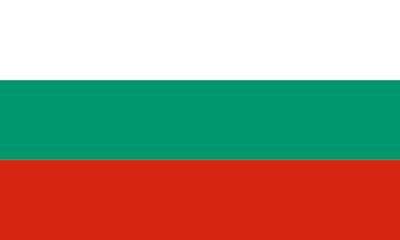
Посещение на София с Нина
Stadtbesichtigung in Sofia mit Nina
Warm Welcome to Sofia
Benvenuti a Sofia e tanti interessanti giorni di visite turistiche con Nina
Découvrez vraiment tous les secrets de Sofia – Nina vous montrera tout !
Who is Nina?
Interesting information about who accompanies us through the city and what the motivation behind it is ..
+ + + Nina in search of the secret and wisdom of Sardica + + +
On behalf of Pope Julius, the emperors Constans and Constantius convened a council to decide on the theological legitimacy of Athanasius, Marcellus of Ancyra, and Asclepiades of Gaza—three figures who had been deposed at the Council of Tyre in 335.
Although the council was originally intended as an ecumenical assembly, 76 Eastern bishops, including Acacius of Caesarea, Basil of Ancyra, and Maris of Chalcedon, as well as the Western bishops Ursacius of Singidunum and Valens of Mursa, refused to participate. Their main criticism was the recognition of Athanasius as a full member of the council.
Chaired by Hosius* of Cordoba and Protogenes of Sardica, some 300 Western bishops gathered. They annulled the deposition of Athanasius, acquitted Marcellus of heresy, and rehabilitated Asclepiades. At the same time, they deposed several churchmen, including Acacius, Basil, Gregory of Alexandria, Ursacius, and Valens, as advocates of Arianism. They also adopted disciplinary canonical regulations, particularly canons 3, 4, and 5, which, under certain conditions, assigned the Bishop of Rome a decisive role as an appeals authority for accused bishops.
Another significant result was the establishment of the date of Easter for the next fifty years. Furthermore, the council formulated a general formula of faith that defined the “hypostasis” of the Father and the Son as an inseparable unity, the term being understood in the sense of nature or substance.
The Eastern bishops responded to these decisions by withdrawing to Philippopolis, where they signed the Fourth Creed of Antioch (341). In a detailed statement, they justified the deposition of Athanasius and Marcellus and published their own list of condemnations, citing figures such as Julius, Hosius, Protogenes, and Maximin of Trier.
The schism that began in Sardica had profound effects on the Church and ultimately led to the great division between East and West in 1054. Today, Sardica is known as Sofia and preserves the memories of this turbulent past.
